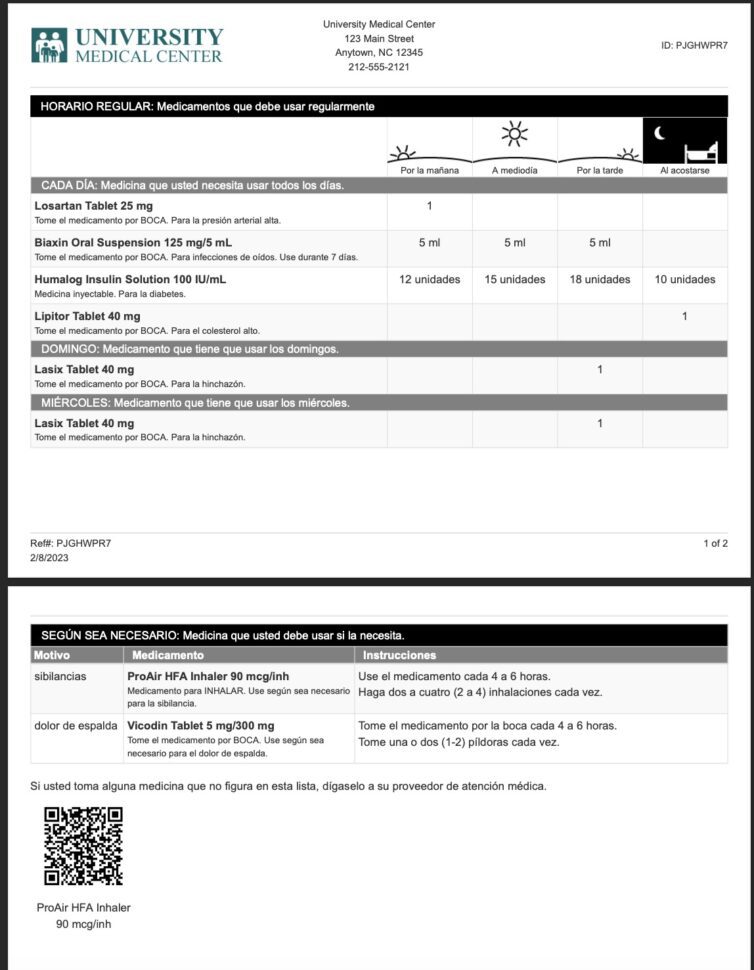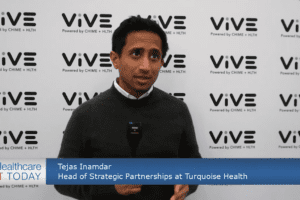Lack of adherence to prescribed medication is a major failing of our healthcare system. (Dr. Omar Manejwala, CMO of DarioHealth, recommends using the term “adherence” instead of the more condemnatory term “compliance.”) A previous article listed some alarming statistics about the number of patients who don’t take their medications as advised, and the dire effects on life expectancy as well as costs to the health care system.
That previous article focused on ways to solve problems of cost and access, which in the United States and many other countries are big contributors to lack of adherence. So this article turns to other barriers patients face, and how health IT can help.
Key Contributions of Health IT
A few years ago I was prescribed an antibiotic to take on a typical schedule of three doses a day for ten days. I put thirty reminders on my calendar as a crude way to remind me to keep up. Even with all my diligence, at the end of the ten days there was a pill left in the bottle. This shows how hard adherence can be.
In general, the solutions offered by IT companies use some combination of reminders, remote patient monitoring, and opportunities to connect with clinicians or caregivers online. DarioHealth (Figure 1) offers online coaching, including help about how to talk to your doctor. The potential benefits of these tools are substantial, and may be familiar to readers of this publication.
 Something as simple as a text message can remind a patient and provide guidance. Digital tools can automate such messages. Messages can point to videos explaining what a medication is for and how to take it.
Something as simple as a text message can remind a patient and provide guidance. Digital tools can automate such messages. Messages can point to videos explaining what a medication is for and how to take it.
Remote patient monitoring can let the patient and clinician know whether the medication is working. Are blood pressure or glucose levels lower? Are signs or depression (such as sluggishness and lack of movement) alleviated?
Bryan Hill, VP of digital health and innovation at Cognizant, points at that payers and regulators often demand evidence of medication adherence. Monitoring can provide that. In addition, it helps providers trust IT systems. His service combines data from many sources, including wearables (which are improving and becoming more like clinical devices) and unstructured notes. Social determinants of health are now incorporated into many EHRs now, sometimes in a structured format. Machine learning can find meaning in the data.
Gamification is another enhancement IT offers, mentioned by Dr. Michael Wiener, medical director of strategy and planning at Babylon Health, and Rich Steinle, CEO of Carium.
A later article will list some other intriguing solutions to medication adherence.
Strengthening Patient Understanding
Associate professor Caroline E. Ortiz, who teaches holistic nursing at the Pacific College of Health and Science talked about other barriers to medication adherence. The patient might say they understand the doctor’s instructions, but fail to do so because of a language barrier or because they feel sick during the visit. Or they might just forget. Studies often show that a patient can’t explain what to do with a medication following the visit. A patient might understand that they have to take a medication to lower their blood pressure, but think that it’s OK to stop taking the medication once their blood pressure stabilizes.
Ortiz says that the healthcare provider and patient need extra support to ensure medication adherence. It could be an app or something as simple as using the alarm on the patient’s phone or asking a trusted and able family member or friend to keep tabs on the patient’s adherence to the medication schedule.
Peak said that lots of people develop questions about their medications after leaving the office, and they should be clearly informed whom to reach out to.
Dr. Nele Jessel, chief medical officer of athenahealth, pointed out that patients with questions about their medications often find it easier to ask pharmacists, who have more time and whom patients see more often, than doctors. This extra source of support is missing with mail-order pharmacies.
Many services offer videos that explain, in terms as simple as possible (and sometimes in different languages) what a drug is for, why it’s important, and how to take it. Services also send summaries of care over the phone, so patients can review them after a clinical visit or hospital discharge. Jessel says that when athenahealth sends prescription pick-up reminders to patients via texts after an office visit, 92% say they like the reminders and 83% click through to the information offered.
Dr. Charles Lee is senior director of clinical knowledge at Meducation, part of FDB (First Databank). They offer sheets about each medication written at a 5th to 8th grade level in a variety of languages. Figure 2 shows a typical summary.

Is the Patient Taking the Medication?
How can a clinician even know whether the patient is doing what was asked?
This is an area calling for creativity, and better communications. For instance, pharmacies can let a clinician or payer know whether a medication was prescribed but never picked up. There should be automated data sharing for such alerts. Babylon, for instance, works with Surescripts to learn when patients pick up their medications. The information is shared only when patients opt-in to doing so, and rarely do they refuse.
Dr. Bethany Doran, founder and CEO of Enabled Healthcare, said that social workers can also let a doctor know who is having trouble with their health, including with medication.
Jessel said that by adding the medication fill history to the EHR, athenahealth’s solution can alert doctors to patients who are spacing out meds or just not filling them at all.
AdhereHealth is a patient relationship management (PRM) tool that can help improve medication adherence. The PRM combines monitoring with predictive analytics to determine whether a patient is at risk of a serious condition when they don’t pick up their medications. CEO Jason Rose says that the technology platform also supports efforts to deal with social determinants of health (SDoH) by including available health plan benefits and community services for healthcare-related transportation needs, food pantries, access to providers, health literacy, and other aspects of holistic health.
Fullscript is a treatment planning platform that distributes high-quality, over-the-counter supplements prescribed by physicians. According to Dr. Jeff Gladd, chief medical officer at, reminders and other digital interventions improve adherence by 4-14%.
The service is integrated with EHRs and offers dashboards to physicians and patients, showing how well patients are adhering. If the patient doesn’t request their supplements within 48 hours of a prescription, Fullscript contacts the patient to ask why. Sometimes the patient decides to get a cheaper substitute elsewhere, and Fullscript has to explain why it might not be as effective as the prescribed supplement.
There are currently “smart pillboxes” that issue alerts to patients, send messages to the cloud when the boxes are opened, and track their contents. Although some of my respondents showed interest in these technologies, none were using them—and most agreed with me that these technologies are more cost and trouble than they’re worth. In fact, they’re creepy, violating patient privacy.
Rachel Francine, CEO of SingFit, pointed out that smart pill boxes are of no help for many people because they remove the meds from the boxes in order to leave the meds in a convenient place: the kitchen, the bedroom, etc.
There are even “smart pills” with bio-ingestible sensors that report when they’ve been swallowed. I believe that these can be justified only in extreme situations, such as a mentally ill prisoner who was released from jail on the condition that they take their psychotropic medication. And maybe they’re not justified even then.
The first two articles in this series have summarized the most common contributions of IT to medication adherence. But many important special cases exist, which the next article covers.













